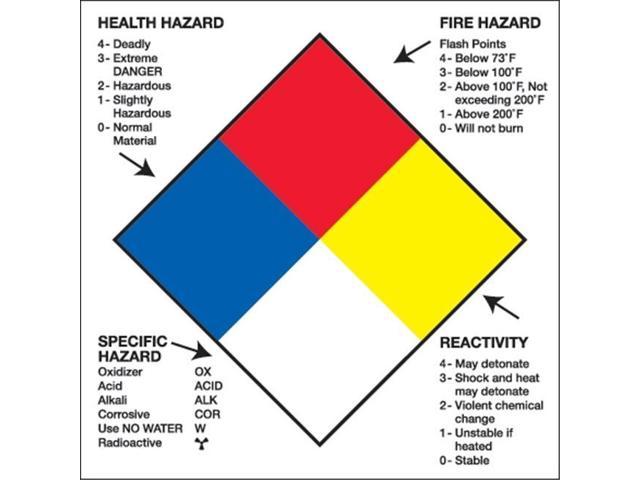
In addition, many water-reactive chemicals are also reactive with carbon dioxide, another common fire-fighting agent. Water should not be used to fight fires that involve water-reactive materials. Therefore, further segregate such materials within your Reactive Storage area.įinally, make sure that an appropriate Class D fire extinguisher is available in the event of an emergency and that personnel have been trained in the proper way to deal with fires involving water reactive materials. There are additional classes of reactive compounds under the UN and DOT classification schemes, such as pyrophoric substances.

Personnel should not be permitted to enter the area unlessaccompanied by an individual familiar with the hazards of the material stored in the area. Access to the reactive materials storage area should be restricted. The area should be conspicuously marked or posted to indicate the material being stored. Prior to storing reactive materials, all combustible rubbish, dry or oiled paper wrapping material, and other combustible materials should be removed from the storage area. Likewise, these materials should be stored in the original shipping container or in a compatible container of equal or greater strength. Dangerous when wet materials should never be stored directly beneath active water sprinklers and should be isolated by a waterproof or water-resistant barrier (e.g., plastic sheeting or a water-tight secondary container) to protect the materials from water in the event the sprinkler system is activated elsewhere in the facility. Thus, it is critical that water reactive substances be stored in dry areas and kept off the floor bythe use of pallets or rack storage. Get your Class D and other specialty extinguishers from Safety Emporium. This chemical reaction is commercially exploited to kill moles and related pests: Elemental potassium and cesium are particularly dangerous in this regard even one gram can cause a serious hazard.Īnother example of a dangerous when wet substance is aluminum phosphide which reacts with water to release highly toxic phosphine gas, PH 3. This can result in a powerful explosion depending on the amount and surface area of the alkali metal. The heat generated by this reaction is sufficient in most cases to ignite the hydrogen gas (H 2) that is evolved in the reaction. An example of the chemical reaction of sodium metal with water is given below:Ģ Na(s) + 2 H 2O 2 Na +(aq) + 2 HO -(aq) + H 2(g) Special precautions, labeling and training are therefore required when transporting, storing and using such materials.Įxamples of water-reactive chemicals include alkali metals, alkaline earth metals, anhydrides, certain carbides, hydrides, sodium hydrosulfite, and similar chemicals.

Additional Infoĭangerous when wet materials are classified as R2 under the UN classification system and as Hazard Class 4.3 by DOT under 49 CFR. In simpler terms, water reactive materials are incompatible with water. In addition, the heat generated when water contacts such materials is often enough for the item to spontaneously combust or explode. This reaction may release a gas that is either flammable or presents a toxic health hazard.

Water reactive substances are dangerous when wet because they undergo a chemical reaction with water. Get your water-reactive DOT placards and labels from Safety Emporium.


 0 kommentar(er)
0 kommentar(er)
